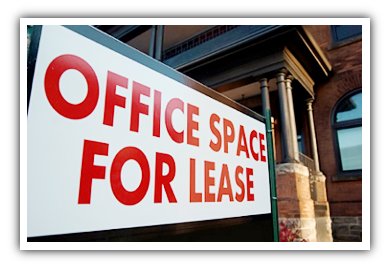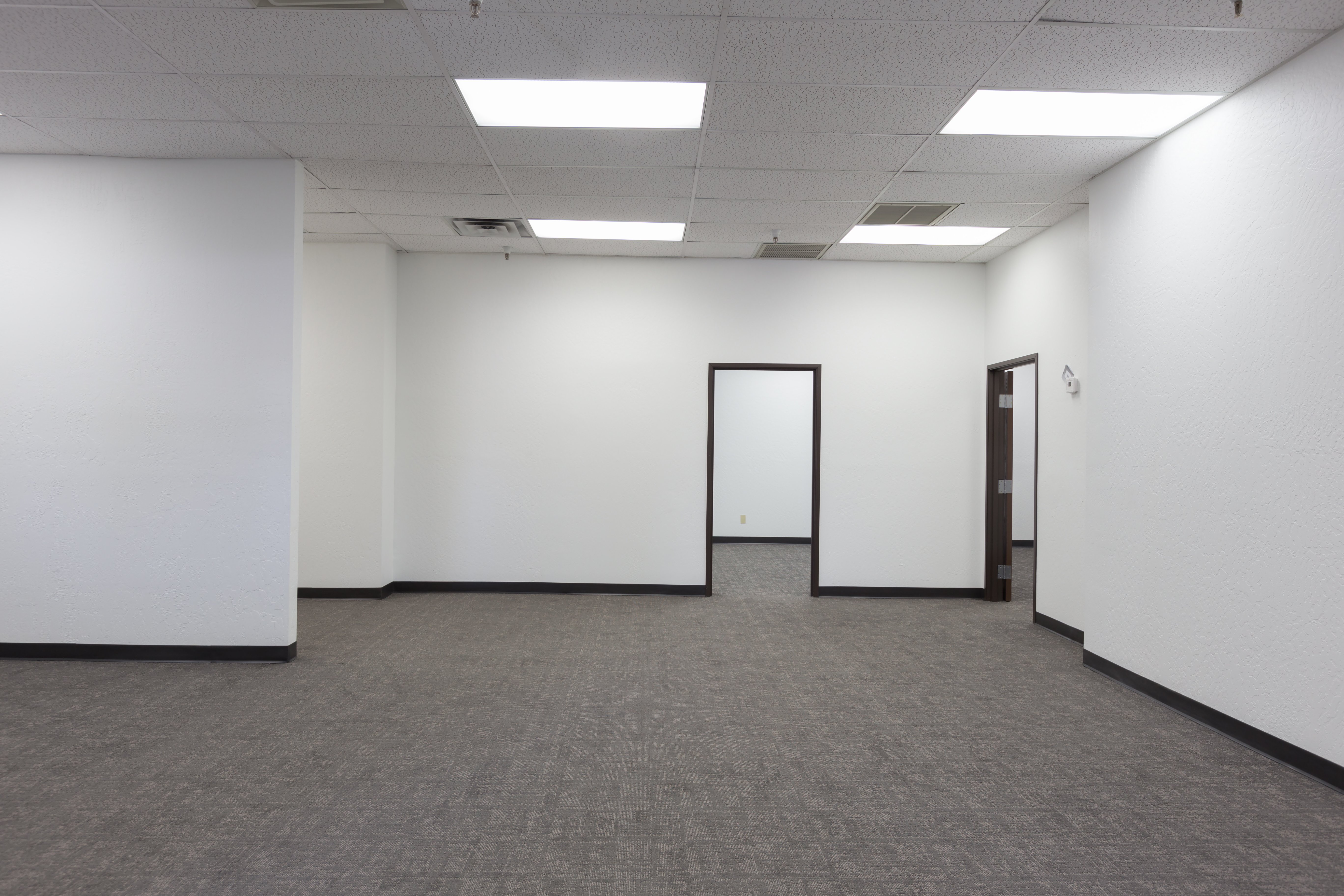Our recent articles focused on establishing an accurate baseline number of currently occupied spaces as the first step in a reduction initiative. Once an accurate baseline has been determined, the next step is to start planning space reduction strategy projects. This article will examine one of the issues associated with that process.
Space Reduction Strategy as Part of Freeze the Footprint Policy
If an agency occupies privately leased space or is a tenant of GSA, the agency makes rental payments on its space. A misconception of space reduction strategy projects is that decreasing space saves money because an agency reduces its rent. While there are certainly rent savings over time, there are also immediate and often significant costs associated with a space reduction strategy.
For example, an agency that occupies a 75,000 USF office that wants to downsize to 50,000 USF will incur considerable costs for that space reduction, including demolition and reconfiguration expenses; storage and moving charges; and furniture, telecommunications, and cabling costs. Thus, it costs money to reduce space.
However, as noted, although there are expenditures associated with a space reduction strategy project, the rent savings from a decrease in space will continue throughout the life of the lease or occupancy agreement.
Space Reduction Strategy and Return on Investment
When making decisions on the projects that should be prioritized across an extensive portfolio, particularly when trying to meet a national space reduction goal, the return on investment (ROI) – the point at which the cost to complete an individual reduction project is offset by the savings in rent – is a valuable measure.
Projects with the fastest ROI would be prioritized near the top so an agency can quickly realize space and cost savings. Larger space reduction strategy projects generally have a quicker ROI, but factors such as amortized tenant improvement costs can affect the results.
It is possible to create and apply a model to help an agency perform ROI calculations at both the project and national levels. In our upcoming white paper, we will describe the features of such a model and how it is used in developing a space reduction strategy.










.jpg)
.jpg)
-1.jpg)
.jpg)
.jpg)
.jpg)
.jpg)
.jpg)

